Shelter
Tsunami Shelters | What You Need to Know
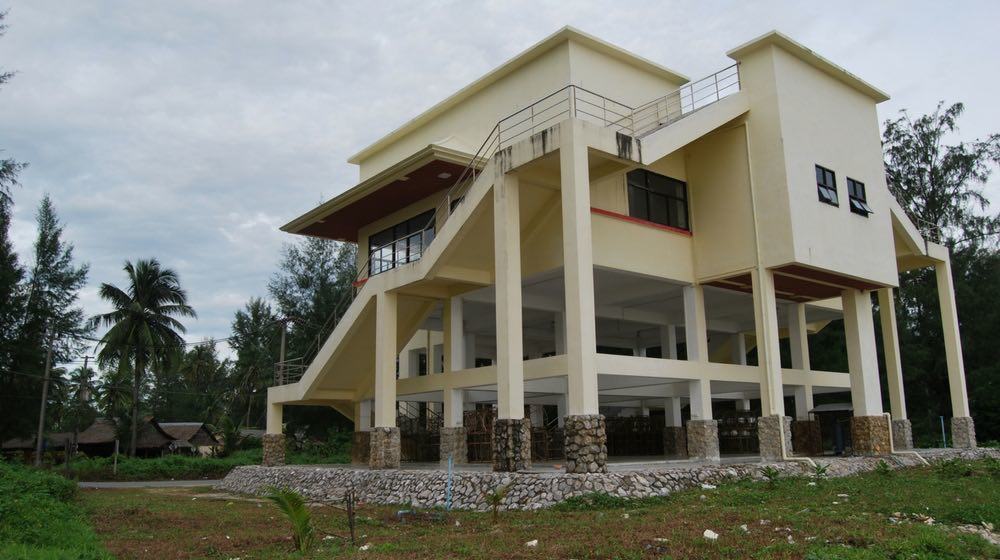
Tsunami shelters are developed by countries like the US where they could evacuate easily when there is a tsunami scare. Tsunamis are usually caused by an earthquake under the sea and it can cause great destruction once it reaches land.
Tsunami Shelters: Preparing For A Tsunami
Tsunami shelters could be big enough to support a whole community or small enough just to support a family of four. It must be accessible and durable. Ideally, a tsunami shelter must be built on high ground with stable platforms. You must consider the materials being used to withstand the extreme pressure of the water waves. Read along to know some fundamentals in building a strong tsunami shelter.
1. Reinforced Concrete Structure
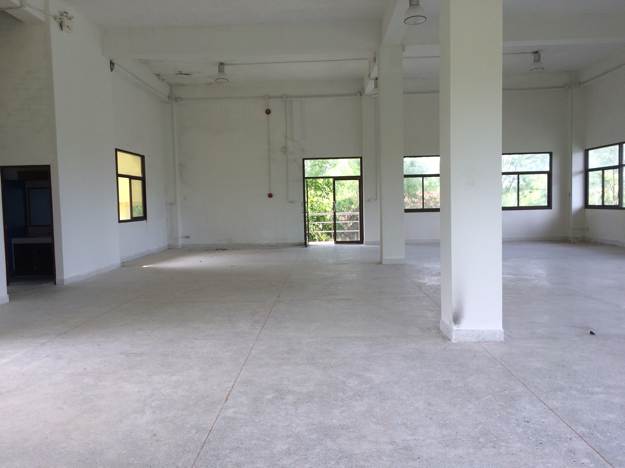
Image via AdventurerDeb
Using concrete structures instead of wood is very efficient, even though wood is more resilient to earthquakes. Look for a specific concrete that doesn't easily crack under water pressure. You should also consider the structural connectors, those that can absorb a great deal of stress are the ideal ones to use.
2. Multi-Story Structure

Image via The Construction Specifier
For multi-story structures such as condominiums, you should consider its first floor being open or on stilts with a built-in breakaway so the major force of water can move through. The rising of the water will do less damage if it can flow underneath the structures. Choose a unit closer to emergency exits so you can easily go up or down.
3. Wall Orientation
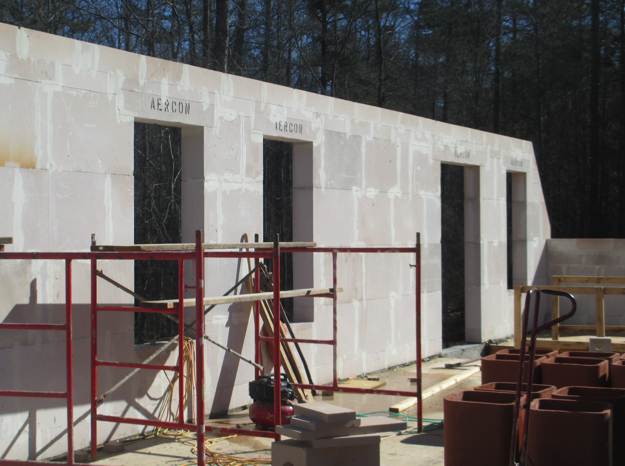
Image via Green Building Advisor
When you live in a coastal area, you should be open to the idea of building your own tsunami shelter. You should face the building at an angle to the shoreline. The walls directly facing the ocean are more likely to suffer damage. Salt in the air makes concrete easily crack or steel frames to rust causing it to crumble.
4. Strong Steel Framing
Steel framing can also protect you not only from tsunamis but also from hurricanes and other natural disasters. Using steel-frames constructed deep into the core will help the structure to be sturdy and withstand the strong waves that will possibly hit the building. These are usually used for vertical tsunami shelters that can accommodate thousands of people.
5. Plant More Trees
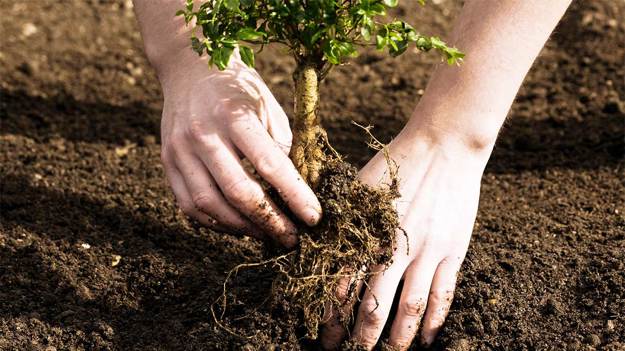
Image via Arbor Day Foundation
Trees might not completely stop tsunami waves but it can surely slow them down. Vegetation is important because it can absorb water and its roots can keep the soil intact, keeping landslides from happening. Planting trees can also help in global warming which is the main cause of overly destructive natural disasters.
Watch this video for an innovative tsunami shelter built by engineers in the US:
Researching on what's the best material to use is very important in building tsunami shelters. It may come pricey, but building a structure that can withstand any natural disaster can save thousands of lives. Share your idea with your community, you can help each other and build together. Aside from being prepared and alert, learning basic survival skills and first aid techniques will also come in very handy in times of natural disasters.
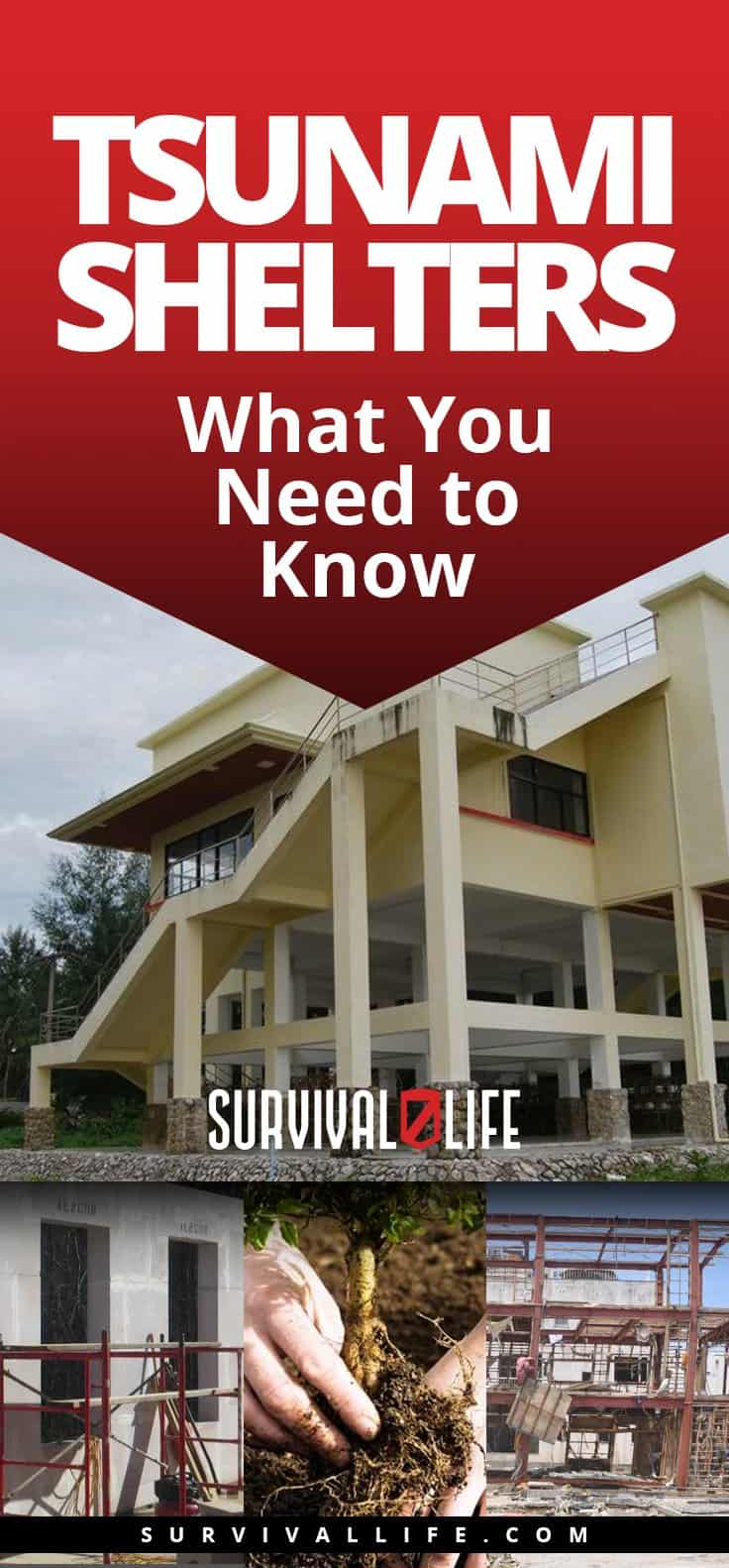
Are there tsunami shelters near your area? Have you experienced being in a shelter before? Share your stories in the comments section below!
Always be prepared for natural disasters, get to know these 7 simple survival techniques that could save your life!
Follow us on Facebook, Instagram, Twitter, Pinterest, and Tumblr!
Featured image via Wikimedia Commons
-

 Paracord Projects11 months ago
Paracord Projects11 months agoParacord Projects | 36 Cool Paracord Ideas For Your Paracord Survival Projects
-

 Paracord Projects1 year ago
Paracord Projects1 year agoHow To Make Paracord Survival Bracelets | DIY Survival Prepping
-

 Medical Care1 year ago
Medical Care1 year ago21 Home Remedies For Toothache Pain Relief
-

 Knife Laws12 months ago
Knife Laws12 months agoAre Switchblades Legal? Knife Laws By State
-

 Do It Yourself1 year ago
Do It Yourself1 year agoSurvival DIY: How To Melt Aluminum Cans For Casting

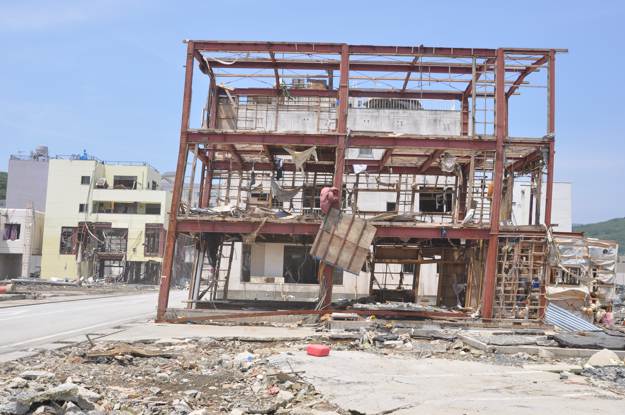


Pingback: Tsunami Shelters | What You Need to Know | The Tactical Survivalist
Pingback: Tsunami Hit Area • Japan Technology News